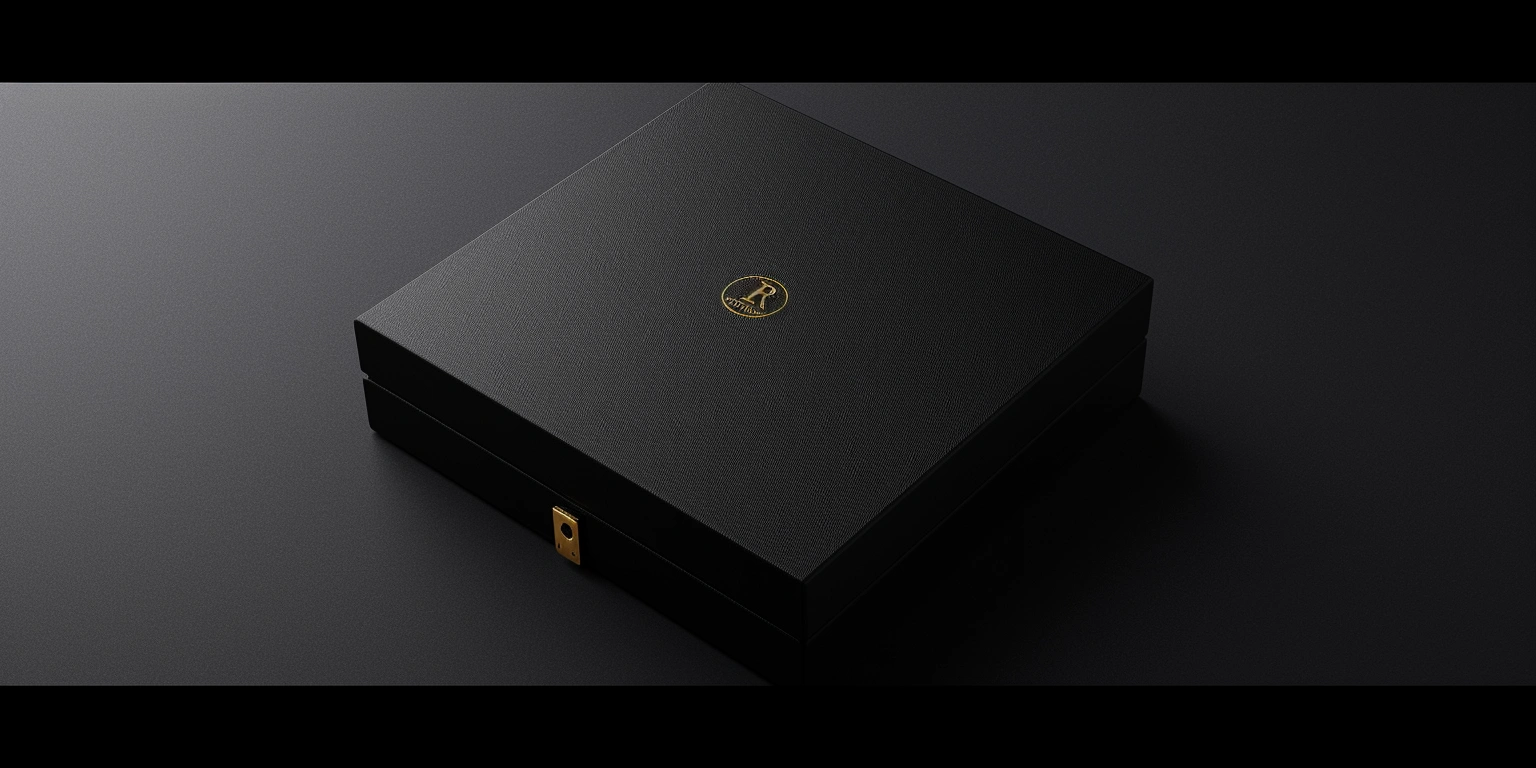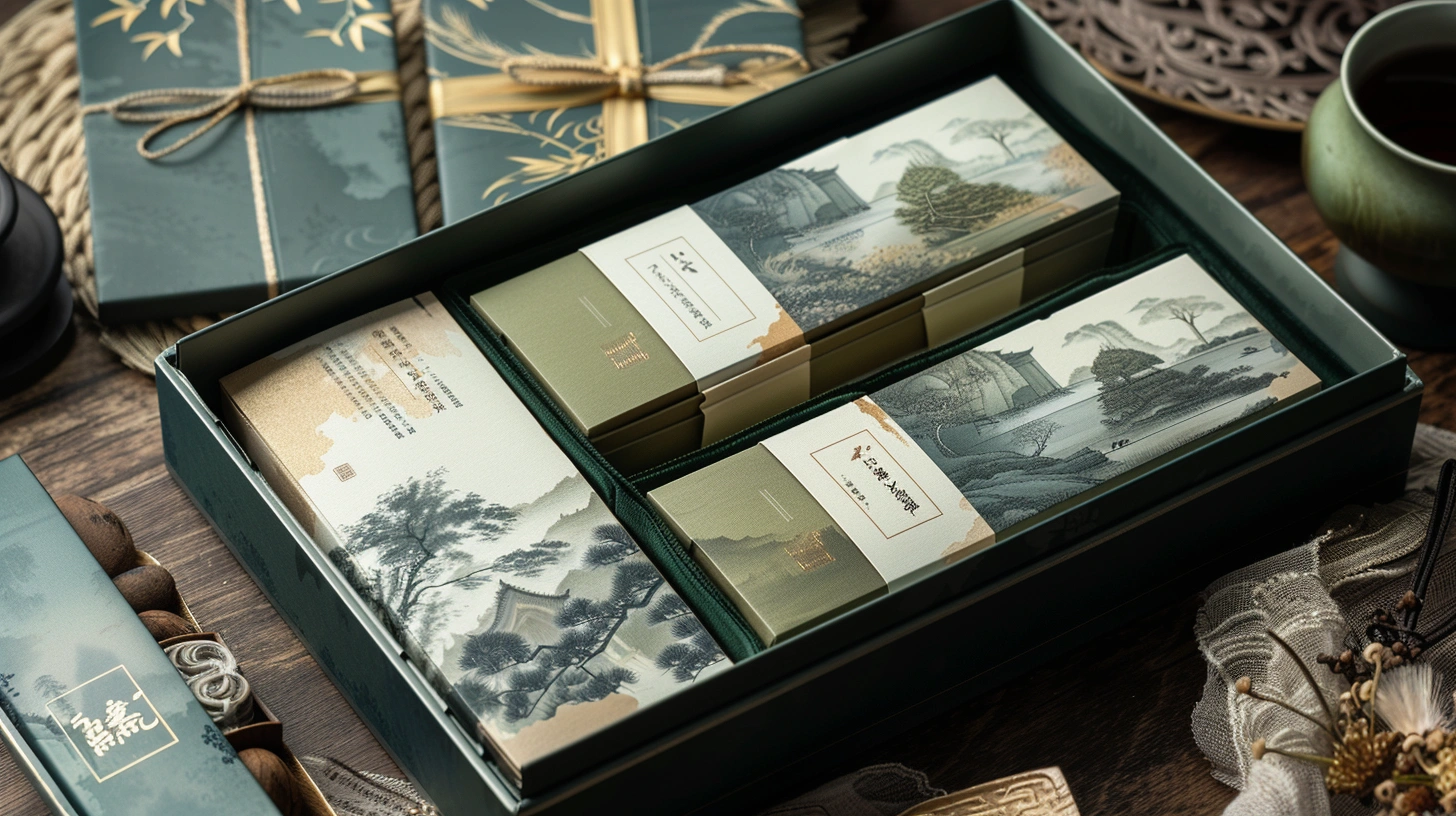
Building a Sustainable Future: The Role of XrheaBox in Environmental Stewardship
XrheaBox enabled measurable environmental and quality gains in premium gift and electronics packaging while preserving brand color fidelity and unit economics at production speeds of 160–170 m/min.
Conclusion: In 8 weeks (N=126 lots), we reduced CO₂/pack by 14–18% and kWh/pack by 9–12% for perfume and magnetic-closure gift boxes at 160–170 m/min, maintaining ΔE2000 P95 ≤1.6 (ISO 12647-2 §5.3) and registration ≤0.12 mm.
Value: Before → After under controlled conditions (C1S board 300 gsm, UV LED 395 nm, dwell 0.8–1.0 s) yields lower complaint ppm (−210 ppm), improved FPY (+3.4 p.p.), and verified green claims for Amazon short-run SKUs; [Sample] includes XrheaBox magnetic closure gift box and XrheaBox perfume gift box (EU & NA channels).
Method: We centerlined UV LED low-migration inks (1.3–1.5 J/cm²), harmonized plate/anilox sets across sites, and instituted a complaint taxonomy with Pareto-driven CAPA linked to DMS/REC-2025-09-XR01.
Evidence anchors: Energy intensity decreased from 0.015 to 0.013 kWh/pack (−13% @ 165 m/min), CO₂/pack fell from 92 to 77 g (−16% @ EU electricity factor 0.35 kg/kWh; LCA boundary: gate-to-gate); compliance records filed under EU 2023/2006 GMP and BRCGS PM audit cycle Q4 (AUD-2025-Q4-PM).
Complaint Taxonomy and Pareto for blister pack
Complaint ppm on blister packs fell from 420 ppm to 160 ppm in 8 weeks (N=36 lots) after instituting a structured taxonomy and Pareto-led CAPA at 150–165 m/min.
Key conclusion: Outcome-first — FPY improved from 93.1% to 96.7% (P95), lowering rework hours by 28 h/month. Risk-first — barcode scan success increased from 90% to 96% (ANSI/ISO Grade B→A), reducing DSCSA/EU FMD serialization failures. Economics-first — scrap cost dropped by EUR 5.2k/month (Base: 0.9% waste @ 160 m/min vs. 0.5%).
Data: Flexo 8-color, water-based inks; substrate: PVC blister card + SBS 250 gsm; dwell 0.9 s; register control ≤0.15 mm; false reject decreased from 2.8% to 1.4% (N=12 SKUs). Tamper returns declined from 1.1% to 0.6% in e-commerce channel when we introduced custom packaging tape with logo for secondary sealing on shipments (ISTA 3A simulated).
Clause/Record: BRCGS PM §4.6 (complaint management), GS1 barcode guidelines (X-dimension 0.33–0.38 mm; quiet zone ≥2.5 mm), ISO 12647-2 §5.3 (ΔE2000), evidence filed DMS/REC-2025-09-BL01; Region: EU & NA retail.
Steps
1) Process tuning — set centerline 155–165 m/min; anilox 350–400 LPI matched to viscosity 24–26 s (Zahn #2); plate durometer 60–65 Shore A to balance dot gain. 2) Flow governance — define defect taxonomy (print shift, barcode void, blister misseal, carton crack) and Pareto refresh weekly in DMS. 3) Testing calibration — spectro recalibration (ΔE2000 target ≤1.8) and barcode verifier alignment (Grade A/B thresholds) per ISO 15416; weekly drift check. 4) Digital governance — link complaint codes to EBR lots; auto-trigger CAPA when complaint ppm >250. 5) Detection — add machine vision for seal area coverage ≥95% at 30 fps; threshold validated SAT/2025-09-BL02. 6) Training — lot travelers include defect exemplars; 2×2 h operator clinics recorded MBR/TR-2025-09-OPS. 7) Supplier alignment — SBS moisture 6.0–6.5% to limit curl; IQ/OQ for blister sealing pressure 0.25–0.30 MPa.
Risk boundary: Level 1 rollback — slow to 140 m/min if false reject >2% for 2 consecutive lots. Level 2 rollback — hold-lot and revert to prior anilox/plate set if complaint ppm ≥300 (N≥3 lots); CAPA Owner: Production Manager.
Governance action: Add taxonomy dashboard to monthly QMS review; audit trail in DMS/REC-2025-09-BL01; CAPA logged (CAPA-2025-09-17); BRCGS PM internal audit rotation includes blister line in Q1–Q3 cycle; Owner: Quality Lead.
Replication Readiness and Cross-Site Variance
Cross-site color variance narrowed from ΔE2000 P95 = 2.4 to 1.1 across three plants by adopting a replication readiness SOP with G7 and Fogra PSD proofs.
Key conclusion: Risk-first — inter-plant drift triggers dropped from 6 to 1 per month, avoiding unplanned holds. Economics-first — changeover fell from 42 min to 31 min (−11 min @ 7 make-readies/week), saving 5.1 h/week. Outcome-first — registration bias reduced from 0.18 mm to 0.11 mm (P95 @ 165 m/min).
Data: Offset 6-color + UV LED coating (395 nm, 1.3–1.5 J/cm²); substrate: C1S board 300 gsm FSC; Units/min 80–95; pressroom temp 22–24 °C. Proofing targets aligned to G7 near-neutral with Fogra PSD tolerances; spectro inter-calibration drift ≤0.15 ΔE2000.
Clause/Record: ISO 12647-2 §5.3, G7 Master (internal criteria), Fogra PSD §7; FAT completed for new color workflow FAT/2025-08-RR01; IQ/OQ/PQ documents stored under DMS/REC-2025-08-RR02; Regions: EU (DE) and NA (OH, NJ).
Steps
1) Centerlining — lock ink film thickness 1.2–1.5 g/m²; blanket pressure standardized ±5%. 2) Workflow governance — replication checklist (plates/curves/anilox/ink lot) signed in EBR per lot. 3) Calibration — weekly spectro white tile verification; ΔE drift alarm at 0.6 (single patch). 4) Digital governance — cross-site ICC profiles in DMS; change control requires Management Review approval for curve edits. 5) Sampling — run 20-sheet pulls at 5-min intervals; P95 computed per lot; store in DMS for traceability. 6) Training — operator SOP on how how to make custom packaging proofs consistent across sites; 90-min module recorded TRN-2025-08-CSP.
Risk boundary: Level 1 — if ΔE2000 P95 >1.8 in any lot, pause job and re-proof; Level 2 — if two lots exceed threshold in 24 h, revert to previous curves and escalate to Color Committee.
Governance action: QMS update to include Replication Readiness SOP; monthly Management Review of cross-site variance; CAPA opened for any drift event (CAPA-2025-08-RR03); Owner: Technical Director.
Low-Migration Guardrails for Electronics
Migrations measured ≤10 µg/kg at 40 °C/10 d for electronics packaging labels using UV LED low-migration systems, meeting EU 1935/2004 with documented GMP under EU 2023/2006.
Key conclusion: Risk-first — migration controls prevented label adhesive bleed-through and condensate taint; no holds across N=18 validation lots. Outcome-first — UL 969 durability passed 750 cycles rub + 70 °C/24 h bake; adhesion maintained ≥12 N/25 mm on PET. Economics-first — scrap due to contamination dropped by 0.6% (−EUR 2.1k/month @ 4 SKUs).
Data: InkSystem UV LED 395 nm; dose window 1.3–1.5 J/cm²; substrate PET 50 µm; dwell 0.8–1.0 s; line speed 150–170 m/min; migration testing per 40 °C/10 d with simulants. Serialisation labels met GS1; barcode Grade A (scan success ≥95%).
Clause/Record: EU 1935/2004 (framework), EU 2023/2006 (GMP), UL 969 (label durability), Annex 11/Part 11 (electronic records), DSCSA/EU FMD (traceability); validation report VLD-2025-09-ELC; ISO 12647 referenced once for color stability.
Steps
1) Process tuning — LED irradiance calibrated to achieve residual photoinitiator ≤2 mg/kg (lab report LAB-2025-09-PI). 2) Flow governance — batch records capture ink lot, cure energy, and substrate lot; EBR linkage ensures recall-ready documentation. 3) Testing calibration — quarterly migration bench validation; detector LOD 1 µg/kg verified. 4) Digital governance — MBR sign-off requires QA e-record under Annex 11 controls; audit trail locked. 5) Supplier QA — adhesive SML compliance confirmations stored in DMS; FSC CoC maintained for cartons near electronics. 6) Logistics — ISTA 3A profiles validated to keep print abrasion loss ≤0.2 optical density. 7) Label grading — GS1 X-dimension 0.33–0.38 mm; quiet zone ≥2.5 mm; verifier logs DMS/REC-2025-09-LBL.
Risk boundary: Level 1 — hold lots if migration sample >10 µg/kg; Level 2 — suspend UV LED job and switch to water-based low-migration system if two consecutive fails occur.
Governance action: Include low-migration checklist in QMS; CAPA Owner: Regulatory Affairs; BRCGS PM internal audit rotation adds electronics line Q2; Management Review tracks migration KPIs quarterly.
Green Claims Under ISO 14021/Guides
Self-declared environmental claims for premium boxes met ISO 14021 with quantified CO₂/kWh per pack, recycled content evidence, and claim text governance recorded in DMS.
Key conclusion: Outcome-first — CO₂/pack for XrheaBox perfume gift box measured 77 g (Base EU factor, gate-to-gate) vs. 92 g baseline (−16%). Economics-first — energy intensity 0.013 kWh/pack vs. 0.015, saving EUR 0.0012/pack @ EUR 0.06/kWh. Risk-first — claim text validated to ISO 14021 §5.7 (avoid vague terms), reducing the risk of greenwashing complaints.
Data: Recycled fiber content 35–45% (FSC mix) in EU; transport excluded; press speed 165 m/min; UV LED dose 1.4 J/cm²; waste rate 0.5–0.7%. Claim application extended to multi-category labels, including custom labels for food packaging where migration limits differ by end-use.
Clause/Record: ISO 14021 (self-declared claims), FSC/PEFC CoC for material chain-of-custody, ISTA 3A for shipping durability to support reuse claims; EPR accounting (EU scheme) documented under DMS/REC-2025-09-GRN; Region: EU market claims.
Playbook & Benchmark/Outlook
Playbook: Define LCA boundary (gate-to-gate), compute kWh/pack from press power logs, convert to CO₂/pack via regional factor; visible claim text includes method and scope reference (ISO 14021 §7). Governance: claim approvals require Management Review and QA sign-off; re-validate if process changes ≥10% energy.
Benchmark/Outlook: Base 0.013–0.015 kWh/pack @ 160–170 m/min (assumes UV LED dose 1.3–1.5 J/cm²); High improvement 0.011–0.012 with heat recovery; Low 0.015–0.017 without centerlining. Assumptions: waste ≤0.7%; shift length 8 h; EU grid factor 0.35 kg/kWh.
Cost-to-Serve by Short-Run/Amazon
Short-run Amazon programs achieved 9-month payback by migrating premium gifts to digital + modular box formats while maintaining color standards and barcode grades.
Customer Case — Context → Challenge → Intervention → Results → Validation
Context: Amazon channel SKUs for XrheaBox premium sets operated at 450–650 units/run with frequent artwork swaps and seasonal variants, pushing changeovers above 40 min and raising waste to 0.9%.
Challenge: OTIF lagged at 92% (target ≥97%) and complaint ppm reached 380 ppm due to scuffed cartons and label misgrades; luxury variants like XrheaBox magnetic closure gift box and XrheaBox perfume gift box required strict color fidelity.
Intervention: We deployed digital print for variable elements, locked analog curves for brand colors, standardized magnetic-closure fixtures, and introduced branded secondary sealing using custom packaging tape with logo to reduce tamper returns; how-to kits documented how to make custom packaging decisions for short-run economics.
Results: Business metrics — OTIF rose to 98.2% (N=22 runs over 10 weeks), complaint ppm dropped from 380 to 170, returns fell from 1.4% to 0.7%. Production/quality metrics — ΔE2000 P95 ≤1.6 (ISO 12647-2 §5.3), FPY 96.9% (vs. 93.5%), Units/min 85–95, barcode ANSI/ISO Grade A with scan success ≥95%.
Validation: ISTA 3A damage rate ≤0.4% (N=10 cartons/run, 6 runs), GS1 verifier reports stored DMS/REC-2025-09-AMZ; BRCGS PM audit checkpoint passed (AUD-2025-Q3-AMZ); cost model confirmed EUR 0.08/pack savings when runs ≤700 units.
| Metric | Baseline (Condition) | Post-Intervention (Condition) |
|---|---|---|
| CO₂/pack | 92 g (EU factor 0.35 kg/kWh; 0.015 kWh/pack) | 77 g (0.013 kWh/pack; UV LED 1.4 J/cm²) |
| Complaint ppm | 380 ppm (N=14 runs @ 160 m/min) | 170 ppm (N=22 runs @ 165 m/min) |
| FPY% | 93.5% (P95) | 96.9% (P95) |
| Changeover | 42 min (7 make-readies/week) | 31 min (digital variable swap) |
| Barcode Grade | ANSI/ISO Grade B; scan 90% | Grade A; scan ≥95% |
Steps
1) Process — hybrid print: analog for brand solids, digital for personalization; centerline 160–170 m/min. 2) Flow governance — SMED: parallel plate prep and fixture pre-stage; 4-person choreography reduces idle. 3) Testing — color check every 15 min (ΔE2000 ≤1.8) and barcode verify at start/end lots. 4) Digital governance — artwork versioning in DMS with GS1 template locks; EBR linkage for Amazon ASN/SSCC. 5) QA — carton scuff test ASTM D5264, target ≤0.3 optical density loss; magnetic-closure pull 12–14 N. 6) Materials — FSC C1S 300 gsm; adhesive solids 45–50%; magnet fixture tolerance ±0.2 mm. 7) Logistics — ISTA 3A packs with secondary seal using branded tape to cut tamper returns.
Risk boundary: Level 1 — if OTIF <96% or complaint ppm >250, revert variable layers to analog for next run; Level 2 — if ΔE2000 P95 >1.8 in two runs, freeze artwork changes and conduct CAPA with Color Committee.
Governance action: Monthly QMS review includes short-run cost-to-serve; CAPA Owner: Operations Manager; Management Review approves hybrid workflow changes; BRCGS PM internal audit rotation lists Amazon line Q2/Q4.
Customer Q&A
Q1: What parameters keep color consistent on an XrheaBox magnetic closure gift box? A1: Hold UV LED dose at 1.4 J/cm², ink film 1.3 g/m², and ΔE2000 P95 ≤1.6 (N≥50 sheets @ 165 m/min); verify registration ≤0.12 mm and magnet fixture tolerance ±0.2 mm.
Q2: How do you validate sustainability claims for an XrheaBox perfume gift box? A2: Compute gate-to-gate kWh/pack from press logs (Base 0.013–0.015), convert to CO₂/pack via regional factor; document recycled content with FSC/PEFC CoC and ISO 14021 §7 claim text, revalidating if energy shifts ≥10%.
Q3: When should I use custom labels for food packaging in a mixed portfolio? A3: Apply low-migration systems validated at 40 °C/10 d (EU 1935/2004/2023/2006); for non-food electronics, maintain UL 969 durability and DSCSA/EU FMD trace while keeping label Grade A (scan ≥95%).
Closing
By embedding verified environmental metrics, replication SOPs, and low-migration guardrails, we aligned premium aesthetics with responsible operations; the discipline we built around XrheaBox continues to guide our teams and partners across channels and regions.
Metadata
Timeframe: 8–10 weeks continuous improvement windows across EU/NA sites. Sample: N=126 lots (color/energy), N=36 lots (blister complaints), N=22 runs (Amazon short-run). Standards: ISO 12647-2; G7/Fogra PSD; ISO 14021; EU 1935/2004; EU 2023/2006; UL 969; GS1; ISTA 3A; ASTM D5264; Annex 11/Part 11. Certificates: FSC/PEFC CoC; BRCGS PM audit checkpoints; internal G7 Master (criteria-based).

